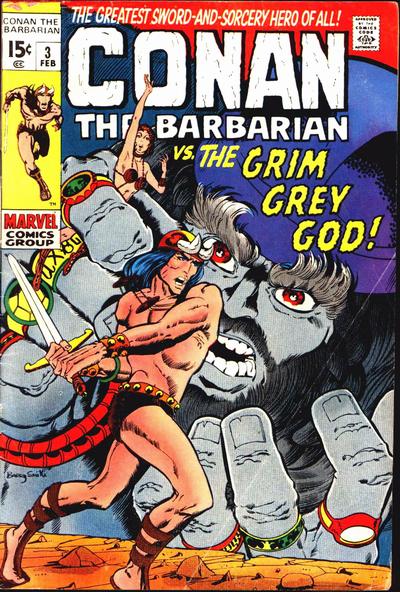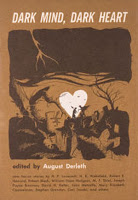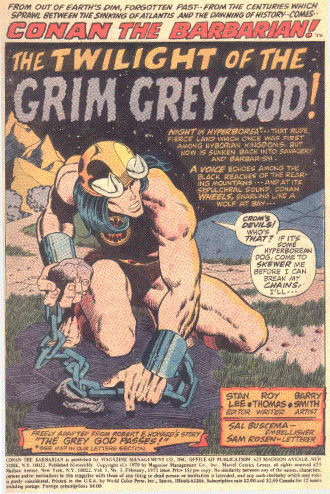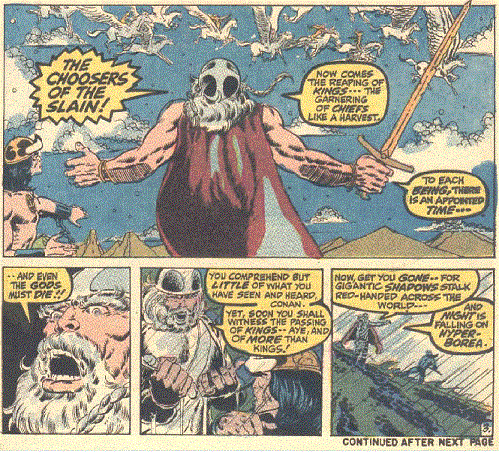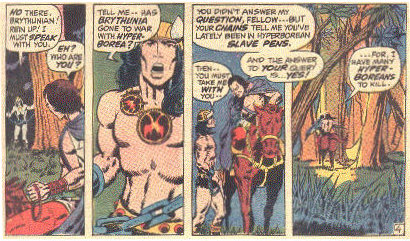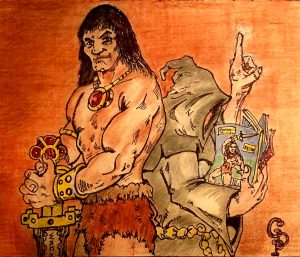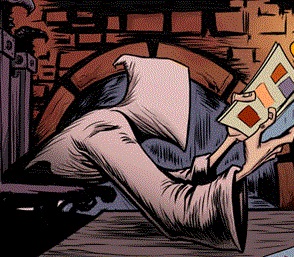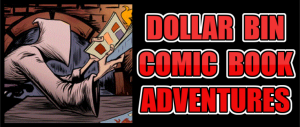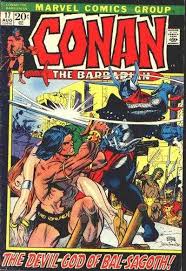
(EDITOR’S NOTE: Welcome to The Classic Conan Countdown, a series of reviews focusing on the original 275 issues of Marvel Comics’ Conan the Barbarian, which were published from 1970 to 1993. This is a review of Conan the Barbarian (Vol. 1) #17.)
By DEAN PLAKAS – Paint Monk’s Library Writer
With the tale of “The Frost Giant’s Daughter” told in Conan the Barbarian #16, writer Roy Thomas adapted creator Robert E. Howard’s short story “The Gods of Bal-Sagoth” for the next two issues, namely issues #17 and #18.
Famed Conan artist Barry Windsor-Smith takes a hiatus on this issue, with Gil Kane taking on the pencils for both this story and the next.
The tale was written for another Robert E. Howard character, Turlogh Dubh O’Brien the Gael. Thomas replaced Turlogh with Conan as the protagonist in his adaptation of Howard’s story. We last saw an adaptation of another Howard Turlogh tale in Conan the Barbarian #3’s “The Grim Grey God.”

O’Brien’s antagonist Athelstane the Saxon has been changed into Fafnir the Vanirman, a man who looks more like Thor than Marvel Comics’ Mighty Thor himself, by Crom, and more than a match for our Cimmerian!
He’s also the same Fafnir who appeared in Conan the Barbarian #6, along with his friend Blackrat as part of Thomas’ version of Fritz Lieber’s “Fafhrd and Grey Mouser” duo. Blackrat is absent from this issue.
Review: Conan the Barbarian #17
There is great storytelling visually throughout the first scenes of this comic. The cover shows Conan in an extremely dangerous spot – he is trying to descend a ladder, carrying an unconscious maiden on his shoulder while deflecting a blow from a giant. The non-stop action continues on the splash page.
In the first six pages, there is a great sense of space and depth as the men on both ships fight to the death and then end up fighting once more for their lives against the reefs, the sea and sharks. The art clearly tells the story but dialogue is needed between Conan and Fafnir. The two are constantly fighting against each other, then helping each other, then fighting again. The dialogue lets the reader know why the two are behaving the way they are during cliffhanger after cliffhanger.
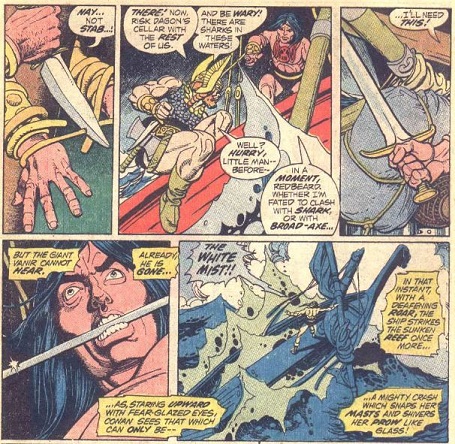
This continues throughout their time at sea and on shore until their blood lust is gone and Fafnir tires of a duel that is going nowhere. With conflict finally resolved, they find themselves rescuing a fair maiden as she runs for her life from the last of the lizard-gods, Groth-Golka.
Fafnir succeeds in breaking its neck where Conan failed. In an exchange of pleasantries, Conan promises to get Fafnir back home and Fafnir admits he would never have killed the beast had Conan not weakened it.
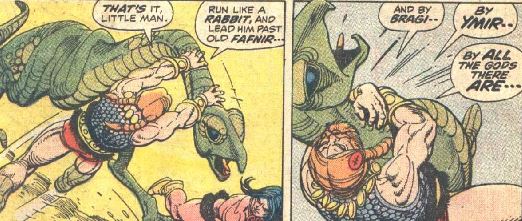
The maiden explains that the pair has arrived on the Isle of Gods and several of them are mentioned in the story. She introduces herself as Kyrie, the daughter of Rane the Reaver, a man Fafnir knew in his younger days. In Howard’s original tale, she is Brunhild, daughter of Rane Thorfin, son of the Orkneys whom O’Brien knew in his youth.
Kyrie tells them she was shipwrecked and found on the shore by the natives, who mistook her for Aala, the red-headed woman of prophecy who was meant to be their queen. Old Gothan, the high priest, soon realized she was not a savior ruler but a normal woman. He started a rebellion that exiled her to the other side of the lagoon on another island and he replaced the royal Queen Aala with a man named Ska, a puppet-king.
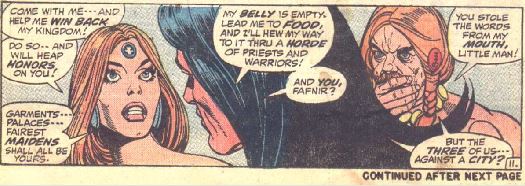
Kyrie promises the men riches and food if they help her regain her throne and tells them that the superstitious natives would believe her – another legend tells of two men who would come out of the sea and cause Bal-Sagoth to fall. She introduces Conan and Fafnir as those men foretold in the legend when they arrive at the palace. Here, we are subjected to old familiar themes of a lost person at sea, mistaken identity, and a hidden city – but at this point, you’re heavily involved in the story and dont’t care about common tropes.
Will Conan and Fafnir become the saviors of legend? And will they help restore Kyrie to the throne as Aala, the red-haired woman of prophecy?
CAPSULE REVIEW: There is no unusual placement of panels other than the splash page, where the bow of the ship breaks the panel and affects the lettering. Instead of the usual “Conan the Barbarian” we see “Conan the B–an”. Not a big deal if you’re familiar with the character, but for those who are not familiar, it’s a faux pas. Another peculiar lettering matter is the title. The title of in the issue is “The Gods of Bal-Sagoth” but on the cover it clearly states “The Devil-God of Bal-Sagoth” – so which is it?
The story is featured in its entirety in The Savage Sword of Conan Volume 2 by Dark Horse, but the compilation is in black and white. As much as black and white can set mood in a story, color really adds to visual storytelling if done right. Color aids in this story in particular, especially when there is danger and death involved.
For instance, on the splash page, the bodies at Conan’s feet as he rages on in battle are all red, implying they are dead or perhaps mortally wounded. When Conan dives into the shark-infested waters, the captions are colored red and the captions are also red when he cuts into a huge shark with his sword.
There are small inconsistencies that can really irk you in this issue. Conan’s hair, which goes from long and luxurious on the splash page and in the water, to a bob, back to long by the end of the issue. There is also the problem with Kyrie’s see through skirt, which disappers in some panels only to reapper around her waist in others. The biggest gaffe is at the end of the battle with the King’s defender, the heavily armored and aforementioned Vertorix. Vertorix smashes Conan’s sword, and the exhausted barbarian, who hasn’t eaten for some time. After the Cimmerian is saved by a distraction from Aala, the barbarian is still holding his sword as if it wasn’t smashed to pieces a few panels earlier.
As he did in Conan the Barbarian #12, our Cimmerian openly acknowledges once again his dream of being king, this time to Fafnir the Vanirman. We will discover if this is the kingdom of his dreams in the next issue.
On a scale of 1-10, I would rate this issue a 7.0.
This issue was available readily on eBay for less than $10 for ungraded copies.
“And this story shall also be told!” — Dean Plakas

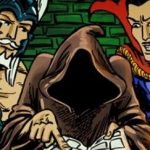
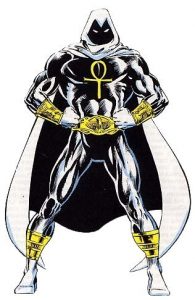

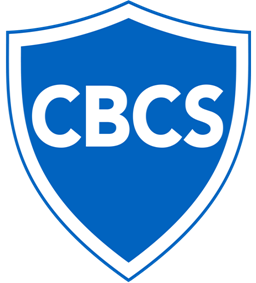
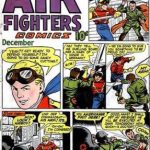

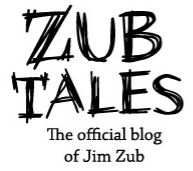

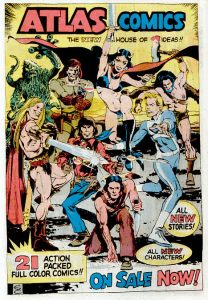

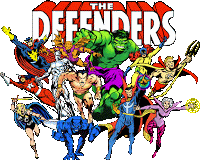
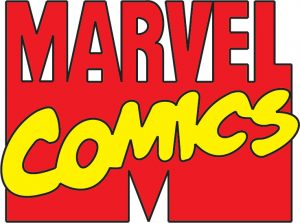

 May 16th, 2018
May 16th, 2018 


